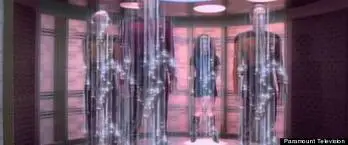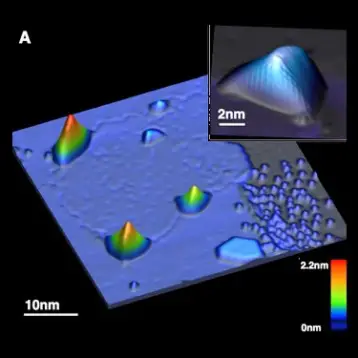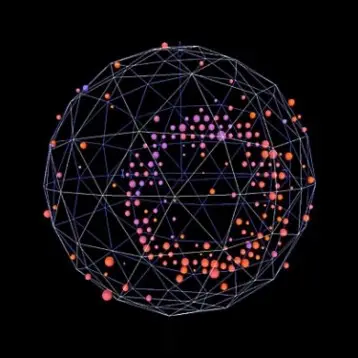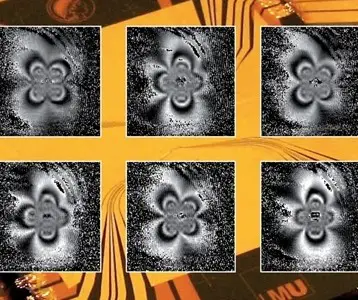|
The team employs a theory known as “Schrodinger’s Cat,” termed after the famous physicist Erwin Schrodinger. Schrodinger’s theoretical experiment was based on Neil Bohr’s 1920 Copenhagen Interpretation, which asserts that a quantum particle doesn’t exist in one state or another, but instead in all of its possible states at once. Only when a quantum particle is viewed at a certain moment, its state is forced into a distinct probability.
The experiment revolves around a cat placed in a sealed box with radioactive material, a Geiger counter, and a bottle of poison. When the Geiger counter senses the decay of the radioactive material, a mechanism breaks the bottle of poison and kills the cat. All of this might sound gruesome, but it makes the remarkable prediction that until the box is opened the cat is both alive and dead. Since the cat was placed in a sealed box and cannot be viewed, the cat exists in an unknowable state.
However, the team at Oxford dealt with a relative “quantum cat,” which is a molecule of trimethlyphosphite (TMP). In this case, the state of the molecule’s nuclear spin was either “up” or “down.” To create the “quantum cat” the researchers used a star-shaped molecule which had a central atom and nine surrounding atoms. Radio frequency was then applied to the molecule to place it in an entangled state where all ten spins are spinning one way (“alive”) and the other way (“dead”) at the same time. Dr. John Morton of Oxford University’s Department of Materials said, “We found that compared to a non-entangled system our cat was many times more sensitive to the presence of a very weak magnetic field.”
The team hopes to extend the project to examine how quantum sensors based on the “quantum cat” could be combined with existing sensors based on magnetic resonance and to create a real world application based on their findings. Such sensors could be utilized on the ocean floor to detect minute fluctuations in Earth’s magnetic field which could indicate untapped reserves of gas or oil.
TFOT has previously written about a research dealing with superimposed quantum dots, which are able to ‘trap’ single electrons, Be also sure to check out our coverage of a study, in which researchers succeeded to control the quantum state of a single electron by placing the electron in two places at once. You can also check out our video on “Flatland” – a theoretical world where the concept of “up” or “down” doesn’t exist.
Additional information on the “quantum cat” can be obtained at Oxford’s website, while information on the famous “Schrodinger’s Cat” experiment can be found here.











